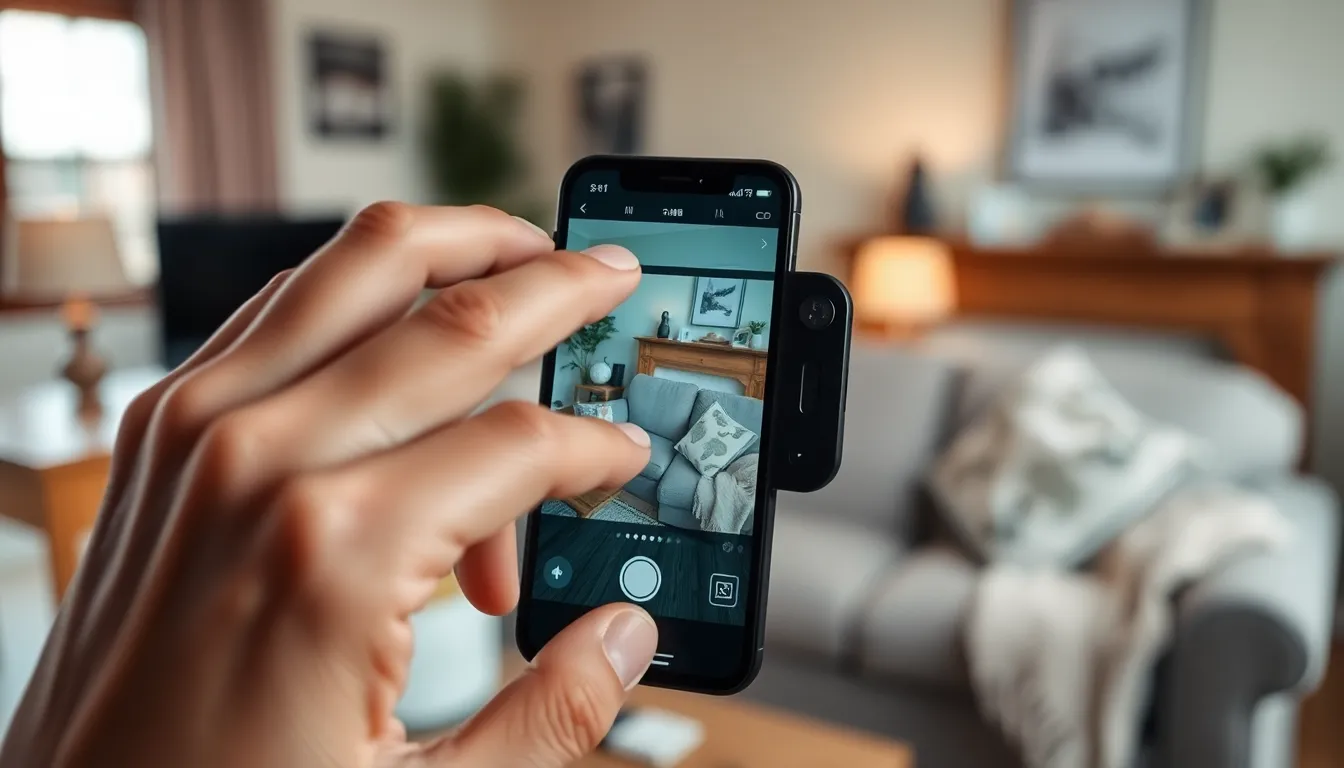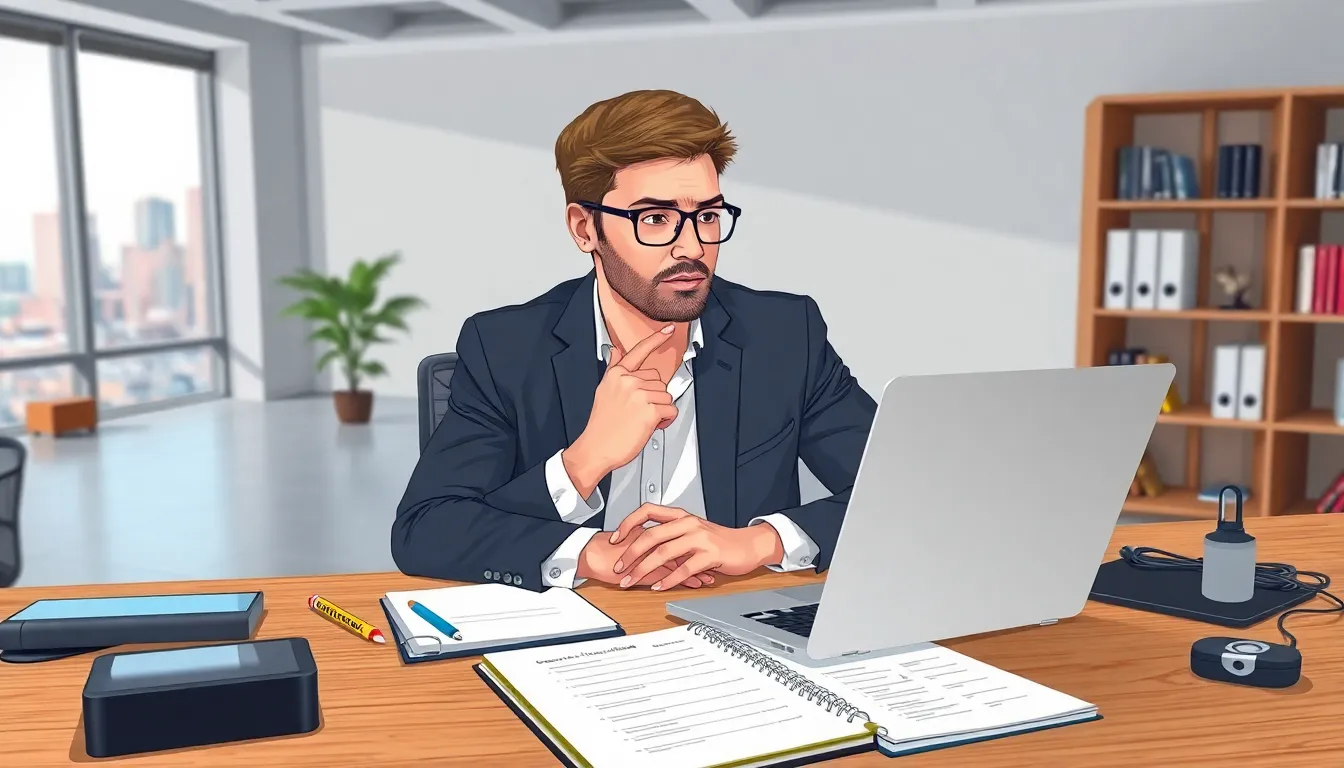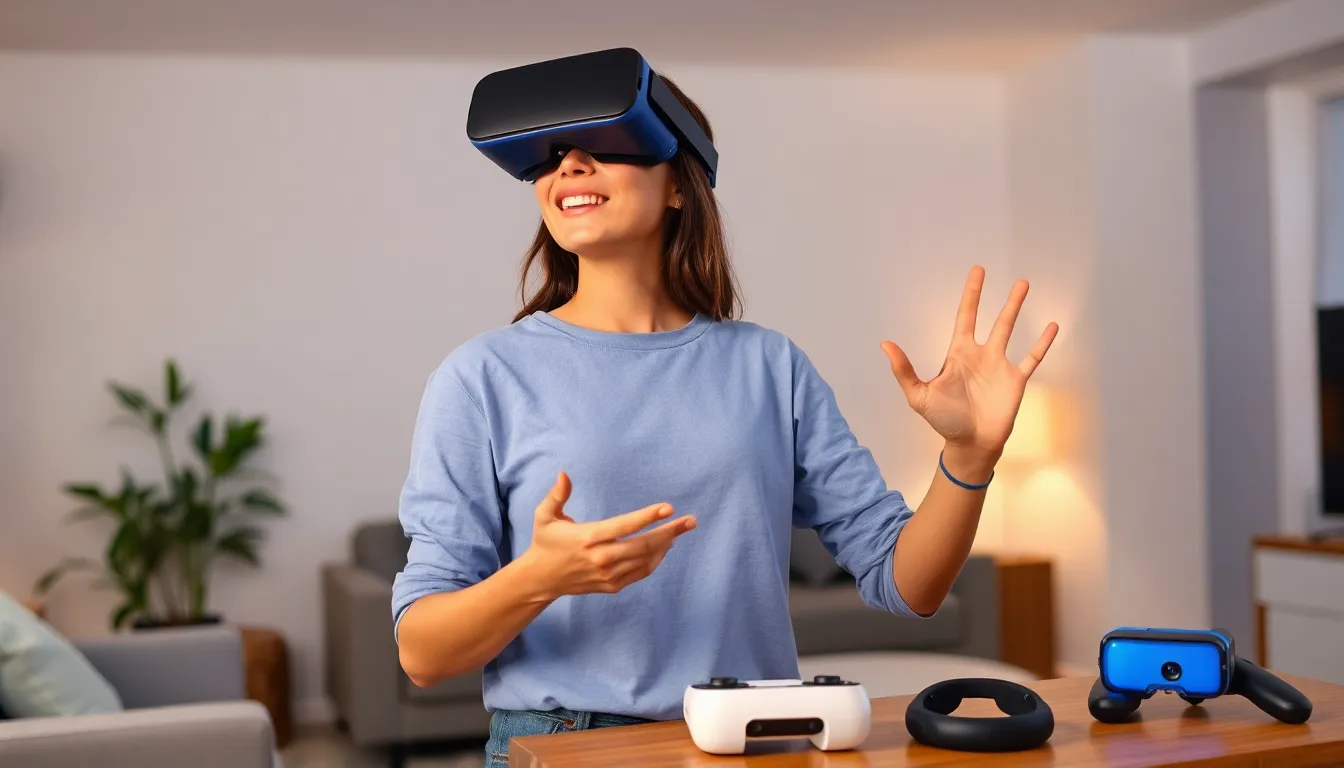Is your iPhone camera acting like a moody teenager—refusing to cooperate just when you need it most? You’re not alone. Many users find themselves staring at a black screen or a stubborn error message right when the perfect photo opportunity arises. It’s like your phone is playing a cruel joke, but fear not!
Understanding why your camera isn’t working can save you from the frustration of missed moments and awkward selfies. Whether it’s a software glitch or a simple setting issue, there are solutions waiting to be uncovered. Dive in to discover the common culprits behind your camera’s antics and how to get it back to snapping those picture-perfect memories in no time.
Table of Contents
ToggleCommon Issues When Camera Isn’t Working
Several factors can contribute to camera malfunctions on an iPhone. Familiarity with these issues helps users identify and resolve the problem.
Hardware Problems
Physical damage to the camera lens or internal components often causes malfunctions. A cracked lens or blockages, such as dust or debris, can prevent the camera from functioning properly. Users should examine the lens for clarity and clean it with a soft, lint-free cloth. Additionally, checking the camera’s connection to the motherboard can reveal potential hardware failures. If damage is evident, seeking professional assistance may be necessary to replace or repair compromised parts.
Software Glitches
Software issues frequently lead to camera problems. Conflicts arising from outdated apps or operating systems can interfere with camera functionality. Users should ensure their iPhone is updated to the latest iOS version for optimal performance. Restarting the device often resolves temporary glitches. If the problem persists, resetting settings to factory defaults may help. Clearing the app cache or uninstalling recently installed apps can also eliminate software conflicts that hinder camera use.
Troubleshooting Steps to Fix the Camera

Camera issues on an iPhone can often be resolved through simple troubleshooting steps. Users can follow these strategies to restore camera functionality effectively.
Restart Your iPhone
Restarting the iPhone frequently resolves minor software glitches affecting the camera. Users can accomplish this by pressing and holding the side button along with the volume button until the power off slider appears. Swiping the slider to turn off the device clears temporary files and refreshes the system. Once off, pressing the side button again restarts the iPhone. This quick reset often enables the camera to work properly again without further intervention.
Update iOS
Updating iOS is essential for optimal performance and security. Apple regularly releases updates that fix bugs and improve application stability, including the camera. Users should navigate to Settings, then select General, and tap on Software Update to check for available updates. If an update appears, downloading and installing it may resolve existing camera issues. Keeping the iPhone’s software current helps eliminate potential conflicts and ensures the camera operates smoothly.
Checking Camera Settings
Camera issues on an iPhone can stem from incorrect settings. Users must verify that the camera permissions and settings are appropriately configured.
Confirm App Permissions
App permissions play a significant role in camera functionality. Users should access the Settings app and navigate to Privacy. Under Privacy, find Camera and ensure that apps requiring camera access are enabled. Unchecked permissions can prevent apps from using the camera, leading to issues. If permissions appear correct but problems persist, toggling the settings off and on can refresh permissions for the apps involved.
Reset All Settings
Resetting all settings can resolve persistent camera issues. Users must go to Settings and tap General, followed by Reset. Opt for Reset All Settings, which restores all settings to default without deleting data. This process often clears out any conflicting settings that may interfere with camera operation. After the reset, users must reconfigure settings like Wi-Fi passwords and wallpapers, but the camera functionality may significantly improve.
When to Seek Professional Help
Some camera issues require expert assistance. Checking certain factors can indicate when professional help is necessary.
Warranty and Repair Options
Understanding warranty coverage is essential. If the iPhone camera fails, users should check if it’s still under warranty, as many issues qualify for repair at no cost. Repair options often include visiting an Apple Store or authorized service provider, where technicians assess damage and offer solutions. Users may also explore mail-in service for convenience. Costs for out-of-warranty repairs vary. It’s beneficial to inquire about fees before proceeding to avoid surprises.
Contacting Apple Support
Reaching out to Apple Support can clarify unresolved problems. Users can connect via the Apple Support app or the website for assistance with camera issues. Representatives guide users through troubleshooting steps and provide information on local repair centers. Sometimes, scheduling a Genius Bar appointment may be necessary for hands-on support. Documenting all symptoms beforehand ensures effective communication with support staff, helping expedite the resolution process.
Experiencing camera issues on an iPhone can be frustrating but understanding the potential causes can lead to effective solutions. From hardware concerns to software glitches users have various options to troubleshoot and resolve these problems. Regular maintenance such as cleaning the lens and keeping the software updated can prevent many issues.
When simple fixes don’t work seeking professional help is a wise choice especially if the device is still under warranty. By taking these steps users can restore their camera functionality and continue capturing those precious moments.




